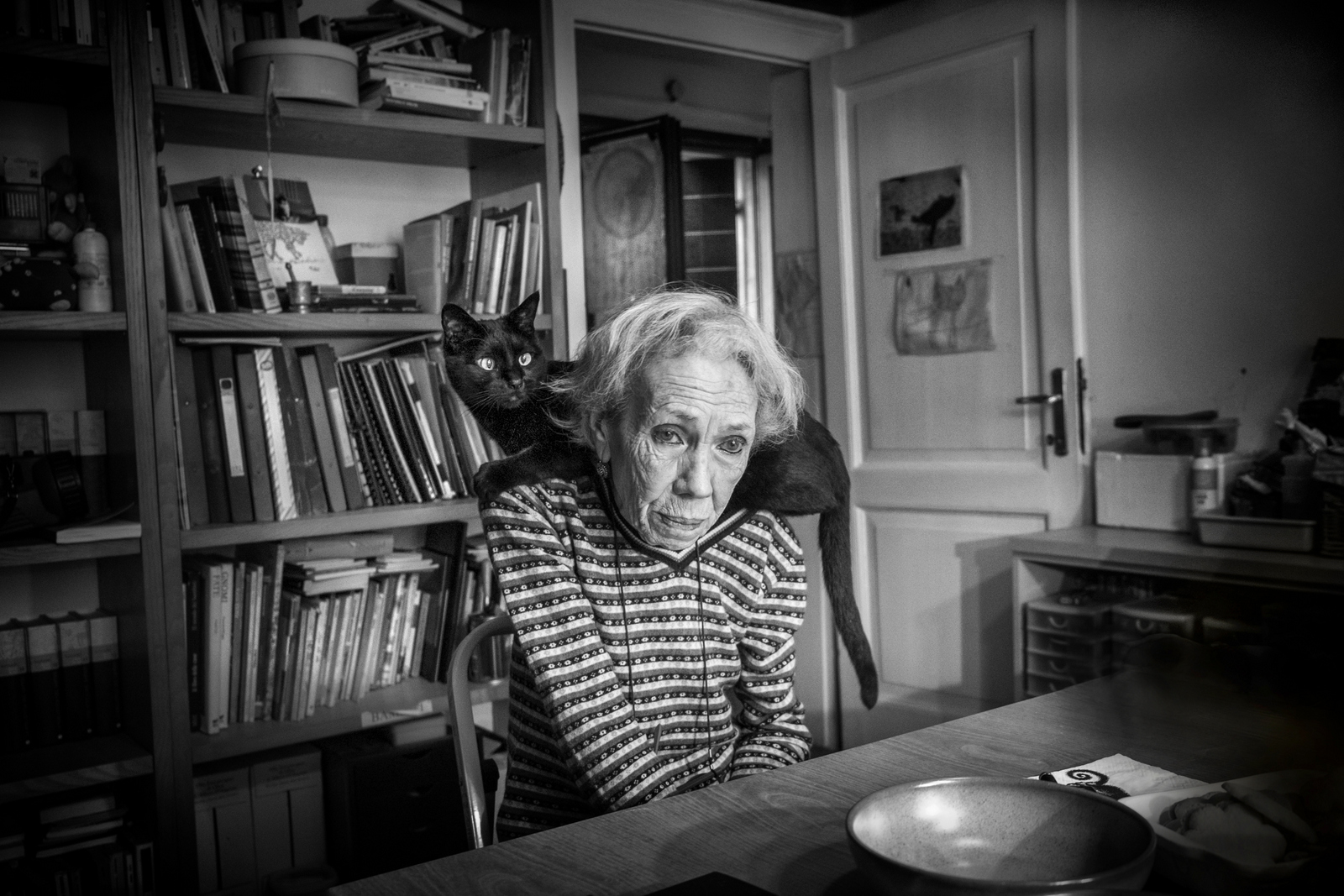Last Updated on 05/04/2018 by Mark Beckenbach
Photo by @sabrina_boem_photography Donata has volunteered all her life at the local shelter and she still helps stray cats. She rescued Vivaldi’s mother from the street when she was about to give birth. Having lived so long in the street she was weak and all kitties almost died at birth. Donata made a promise to herself: she would do anything to save at least one kitty. Vivladi did survive and he’s been living with Donata ever since.
Cheryl Senter calls her @tea_journals Instagram feed a labor of love. The goal — to promote visual journals and animal awareness through journalistic, street style, animal documentation. After recently tipping the 20K mark, Cheryl has shown no sign of a slow down and tells us that it may turn into a book that donates all the proceeds to animals. For her this has been quite a project. Cheryl is a photojournalist first and foremost, plus she’s on our list of fantastic female photographers to follow. So we spoke to her a bit more about the project.
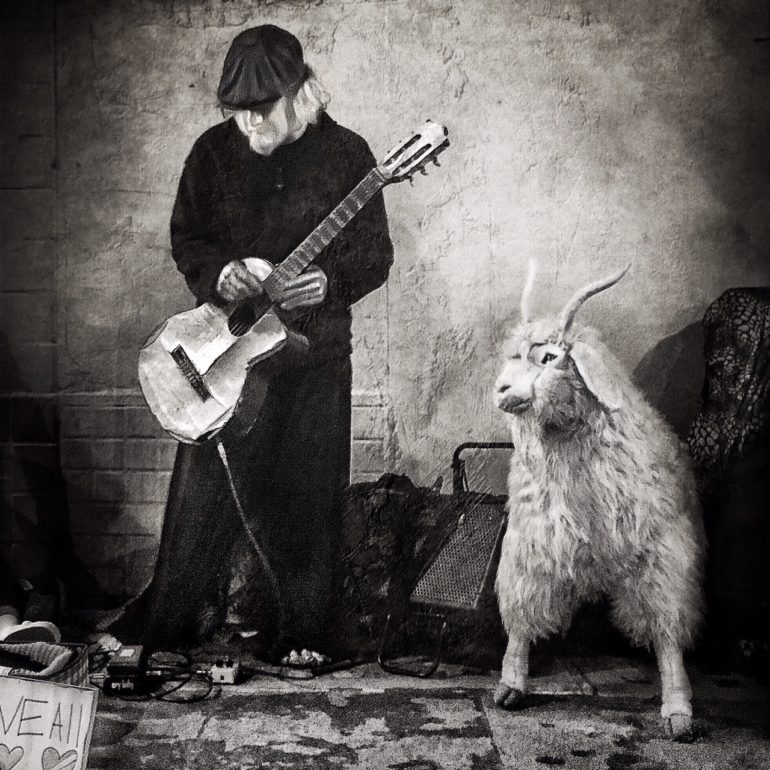
Phoblographer: I know you’ve got a whole lot of love for animals from the Instagram that features your dogs. What was the primary motivation for creating Tea Journals? What was the catalyst that made you want to create it?
Cheryl: I’m a photojournalist and primarily follow people in my field. An animal person, I am naturally drawn to other photojournalists’ feeds that had animal images tucked in with their editorial work. Real life images that are a refreshing change from the IG hubs churning out choreographed cute overload repetitive imagery.
I felt that animals on these hubs were being dumbed down and portrayed as things to entertain instead of beautiful thinking beings.
These misrepresentations of animals on IG, images that did not encourage respect and compassion were the catalyst to create TJ.
Phoblographer: Why choose Instagram as a platform? Why not something like a Zine or another experimental medium?
Cheryl: When TJ was created Instagram was a beautiful thing and the place for photojournalists to display their craft. It was my happy place.
You saw the people you follow posting in real-time. All of that beauty has been undone by algorithms. I’m staying with IG as it still houses a wealth of brilliant visual journalists…you just don’t see their posts until two days later or don’t see them at all.
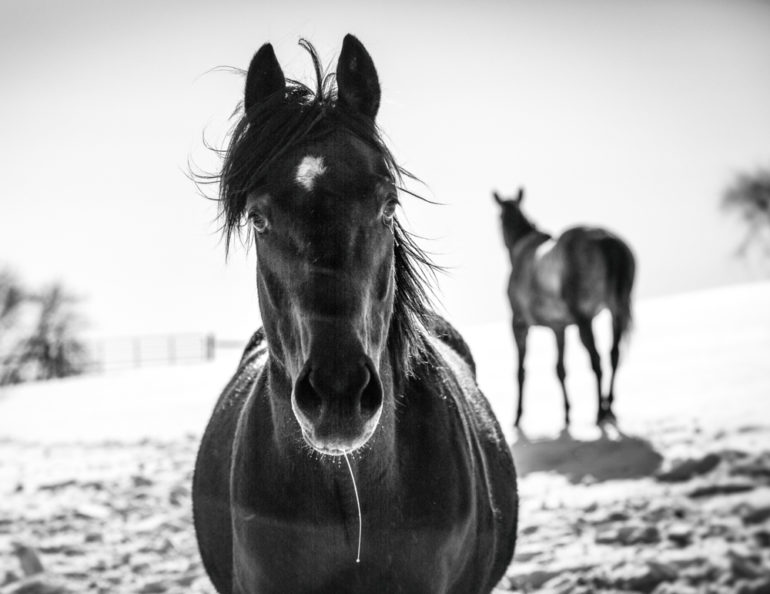
Born and raised in South Eastern, Pennsylvania, Jennifer MacNeill has always been drawn to creating art with horses as her subject.
Many years of her life have been spent working with various breeds and disciplines from race horses to show horses.
Once a painter, she turned to photography around 2010 to fill her need to create. She uses what she’s learned from art to capture light and composition
in a painterly way in her photography, always in search of an emotional element to draw the viewer in and help them connect with the subject.
She currently lives in Lancaster County, PA wither her husband, daughter, and two cats and enjoys photographing all animals and the rural landscape around her.
Phoblographer: The feed has a whole ton of black and white. Is there a preference for that aesthetic?
Cheryl: I do post color images but I’m drawn to black and white. Eliminating the stimulus color offers forces you to focus on the soul of the image.
Phoblographer: How have you gone about building it?
Cheryl: When I first created TJ I had already made key connections and friendships with major hub moderators and photojournalists via my dog feed. Passion and compassion being the common thread binding us together. These amazing people are the foundation of TJ.
I’m always on the look for working and retired visual journalists who have heavy animal representation on their feeds. Up until almost a year ago I curated the feed without help.
As a working freelance photojournalist it’s crazy at times posting twice on a day on TJ as well as looking for new images and talent to feature. Much of TJ posting is done on the road, stolen moments during lulls on the job.
Last June I traveled for three weeks in India and wasn’t sure about WiFi availability so I asked several longtime followers to do take overs. This was a first. These busy visual journalists have continued to help, messaging me images they have come across on IG. Their help along with that of several other TJ community members as been a godsend. I can’t begin to describe how difficult Algorithms have made keeping TJ a thriving current supportive hub.

I’m ever grateful to these kindhearted people.
Phoblographer: This had to be a mentally fascinating project for you because it’s more about curation than creating, right?
Cheryl: My brain operates heavily on the subconscious which sees the inner vibe of images. If you look at the feed and not at single images you’ll see what I’m talking about. Sometimes I don’t see that I’ve created a common thread between images until after posting. It’s a pretty cool thing.
Phoblographer: So how do you accumulate submissions?
Cheryl: How I accumulate submissions is kind of a trade secret. Suffice it to say that TJ operates on a foundation of mutual respect and gratitude.
Phoblographer: It’s a pet project for sure, but 20K is a sizable following. What have you thought about doing with this project besides shopping it around to publications?
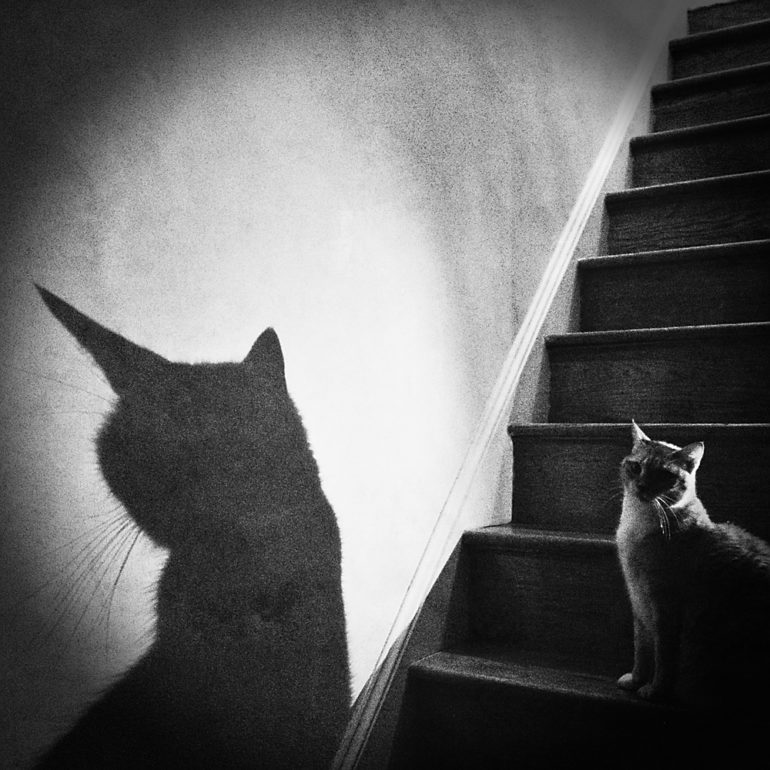
Since then he has worked as staff photographer for The Burlington County Times and The Courier Post newspapers (both in New Jersey) and has had his images appear in The Houston Chronicle, Boston Globe, Washington Post, L.A. Times, New York Times and most recently in The Guardian.
Before moving to Florida, Douglas was named one of 9 top Instagrammers to look for in a 2012 Philadelphia Weekly article, took over the Visit Philly Instagram account for 3 days documenting the Logan Square neighborhood. Douglas is a life-long animal lover and advocate and enjoys documenting animals more than anything because of their endless childlike curiosity.
Cheryl: I do have plans brewing. Possibly a book (proceeds to go to animal charities). Also, in light of active, constant, purposeful pressure in many countries to discredit news media, I have plans to highlight documentary photo essays.
Unrelated, someday I want be able to offer an affordable retreat for people who have dedicated their lives to visual storytelling. A place in the woods to recharge physically and mentally.
Phoblographer: What’s the criteria here for choosing the photos? What do you look for? Do you feel like your own creative side gets in the way at times and that you sometimes need to be open to other creatives’ interpretation of a scene?
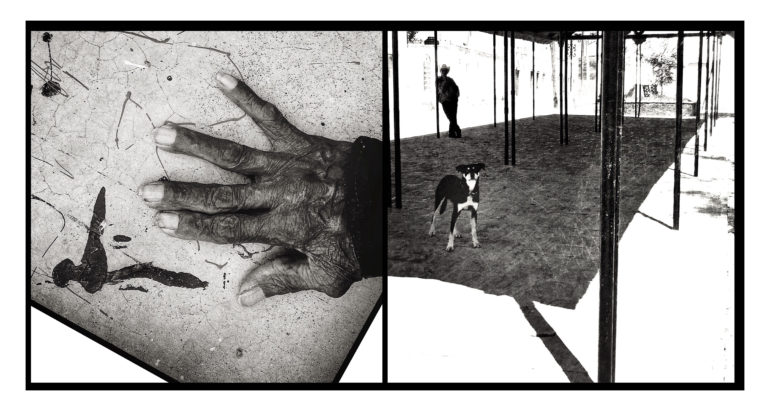
Kass Mencher, is a documentary photographer who worked for over 15 years for alternative papers in the Philadelphia area, mainly City Paper, Philadelphia Weekly and Philadelphia Gay News. She was awarded First Place, Photojournalism, 2001, by the Association of Alternative Weeklies and has won numerous regional awards including the Pa. Keystone Awards. She now works on personal photo essays.
As a photojournalist at The Philadelphia Inquirer until 2009, Eric Mencher covered a wide range of assignments, including the post-apartheid era in South Africa, the aftermath of genocide in Rwanda, life under Fidel Castro in Cuba and the civil war in Chechnya. He also photographed numerous stories in the arts, including the 100th anniversary of James Joyce’s Ulysses, Cezanne in Provence, and a series illustrating Cervantes’ masterpiece, Don Quixote. He now concentrates on documentary projects and street photography. Eric is a member of the Instagram-based collective, Hikari Creative.
Eric was the recipient of the Overseas Press Club Award for “Rwanda: Aftermath of Genocide” and has won awards including prizes from World Press Photo, Pictures of the Year, Best of Photojournalism and National Headliners. His fellowships include a Penn State University Professional in Residence Fellowship; a Terra Fellowship from the Giverny Institute at the Museum of American Art, Giverny, France; and a Pew Fellowships in the Arts, discipline winner.
Together they have worked on numerous projects, including life along the Lincoln Highway (the first cross-country road in the United States), contemporary life in Lake Atitlán, Guatemala, “Compañeros” (a juxtaposition of their images, usually as diptychs) and anything and everything that happens in front of their cameras. The Menchers have both exhibited regionally, nationally, and internationally.
Cheryl: Great question! My criteria for choosing images boils down to how the animal is portrayed. I try as best I can to avoid images that encourage reckless to deadly behavior concerning animals, and the normalization of horrific, accepted animal abuse practices, including circuses and zoos.
Of course I naturally lean towards images that reflect my style and tastes. But I strive to embrace beyond my comforts to make TJ a well rounded visually, diverse feed. I don’t ever want to see TJ fall into a rut controlled by numbers of likes.
Something I touched on earlier and want to emphasize and expand upon is that TJ would be not be the brilliant inspiring supportive community that it is without the generosity of all the visual journalists who share their work.
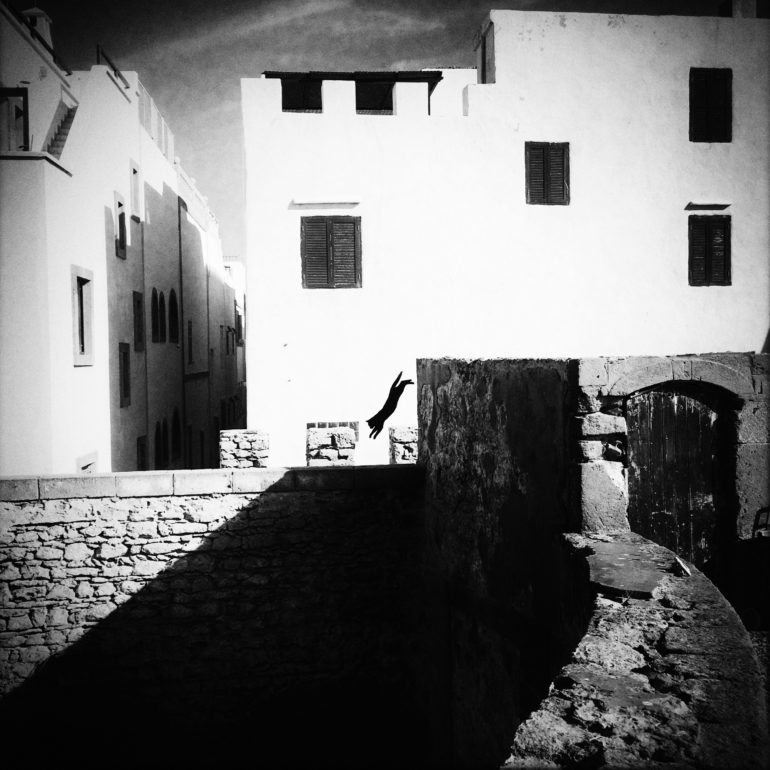
I am an Istanbul based photographer. While I was studying cinema in college I dropped out and started taking photos. I figured photography was my way of self expression. I have been taking photos over 10 years now and I self- published two books , first one is about stray cats called Cat Fever and the second one is Au Revoir Istanbul and working on my third book project about Tokyo “Far” .
All images used with permission via Cheryl Senter’s consent from the photographers.


